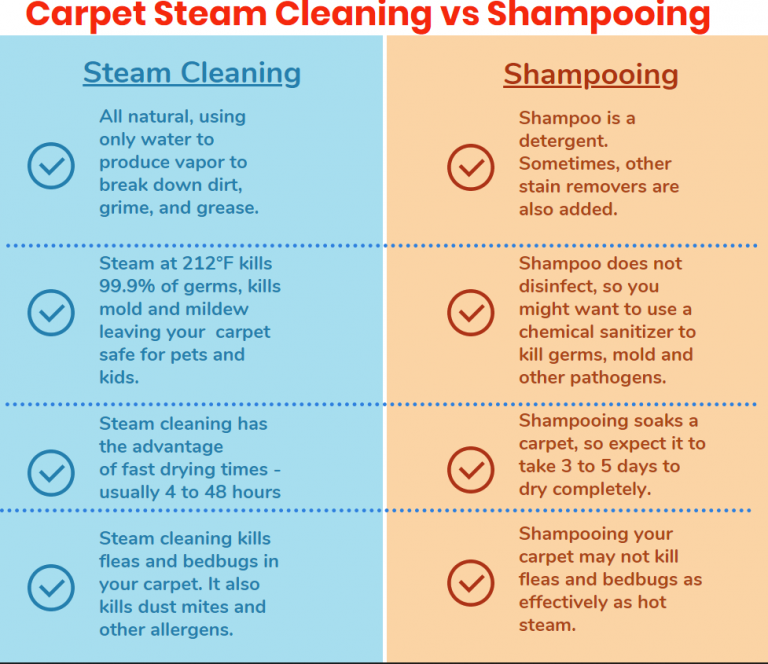A Guide to Properly Drying Your Carpet After Water Damage
Experiencing water damage in your home can be a stressful situation, especially when it affects your carpets. Properly drying your carpet after water damage is crucial to prevent mold growth, odors, and structural damage. In this guide, we will explore the step-by-step process of drying your carpet effectively. Additionally, we will discuss the pros and cons of not drying the carpet promptly.
- Assess the Situation: Before diving into the drying process, it’s essential to assess the severity of the water damage. Determine the source of the water, whether it’s from a burst pipe, flooding, or any other cause. This assessment will help you understand the extent of the damage and the necessary steps to take.
- Remove Excess Water: Start by removing any standing water from the carpet. Use a wet-dry vacuum cleaner or a pump to extract as much water as possible. Be thorough in this step, as it significantly contributes to expediting the drying process.
- Separate Furniture and Items: Move furniture, rugs, and other belongings away from the affected area. This separation allows air to circulate freely and prevents additional damage.
- Increase Airflow: Promote air circulation by opening windows, doors, and turning on fans. Utilize high-powered fans or industrial air movers strategically placed around the wet carpet area to enhance drying efficiency.
- Use Dehumidifiers: Deploy dehumidifiers in the affected area to reduce humidity levels and accelerate the drying process. Dehumidifiers extract excess moisture from the air, aiding in the prevention of mold growth and overall drying efficiency.
- Professional Assistance: Consider seeking professional help, especially for extensive water damage situations. Water damage restoration experts have the knowledge, equipment, and expertise to effectively dry and restore your carpet, minimizing potential risks.
Pros of Drying Your Carpet Promptly:
- Prevents mold growth: Mold can develop within 24 to 48 hours in a damp environment. Drying your carpet promptly inhibits mold growth and its associated health risks.
- Eliminates odors: A wet carpet left untreated can develop unpleasant odors, which can be challenging to remove. Quick drying helps prevent these odors from permeating your home.
- Preserves carpet condition: Moisture can weaken carpet fibers and cause damage over time. Rapid drying helps maintain the integrity and longevity of your carpet.
Conclusion:
Drying your carpet properly after water damage is vital to prevent mold growth, odors, and structural issues. Act swiftly by removing excess water, promoting airflow, and utilizing dehumidifiers. Remember the pros of prompt drying, such as preventing mold growth and preserving carpet condition, and the cons of delayed drying, including mold infestation and structural damage. By following this guide, you can effectively mitigate the damage caused by water and restore your carpet to its pre-damaged state.
Disclaimer: In severe water damage situations, it is recommended to consult with professionals for comprehensive restoration services.
Steam Carpet Cleaning
Upholstery Steam Cleaning
Wood Floor Deep Cleaning
Tiles & Grout Cleaning
Floor Cleaning Topics:
- Steam Carpet Cleaning -Summit NJ
- How to dry carpet after cleaning
- How to get rid of odor in carpets
- Basement water damage -steam carpet cleaning
- Lear how to clean wood floor
- How often should I clean my carpet?
- Best Homemade carpet cleaner
Looking for a Specialist Floor Cleaning Company near you?
Is it better Shampoo or steam cleaning?
Steam cleaning stands out as a supremely effective method, owing to its advanced technology and integrated machinery. Moreover, the infusion of hot water and cleansing agents ensures a swift and thorough penetration into upholstery, surpassing the efficacy of traditional shampooing techniques.




